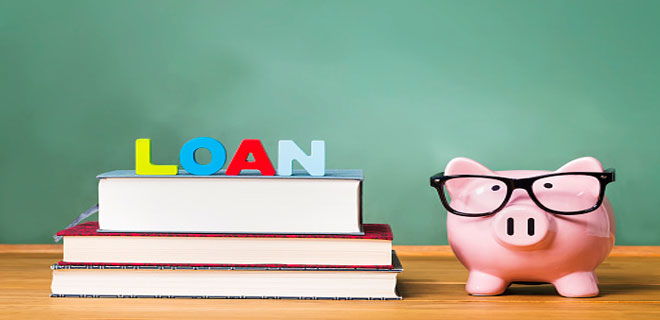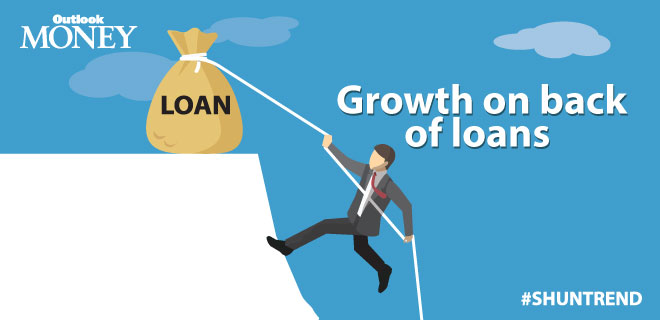Borrow Wisely
Today it is difficult to imagine purchasing anything without a loan- be it a mobile phone or a house

There is a school of thought among the self-righteous who believe that one should neither lend, nor borrow. But, that is no more the case with an entire generation of Indians, who are willing to live EMI-to-EMI, which makes their lives revolve around paycheque-to-paycheque. There is nothing wrong living this way as long as one is able to manage the loan repayment. It also gives them the opportunity to realise a lot of their financial aspirations and desires in life.
In fact, when it comes to buying a house for instance, a loan may be the smartest option, particularly given the tax breaks that bring down the cost of your loan. But it helps to know the basics of borrowing and lending before you approach a bank or financial institution for a loan. That way, you won't have a nasty shock when the lending officer demands collateral or a guarantor. And if you're adequately well-informed, you may even be able to bargain for a better rate.
Banks and financial institutions offer loans for almost anything these days—vacation, mobile phones, house, car and you name it and there is a loan available. Apart from a straightforward loan, you can also opt for overdraft facilities from your bank or cash withdrawals on your credit card. Or, you can simply choose to roll over your credit card dues. Not all of these are recommended courses of action when you need a loan: some options are better than others.
These days, lenders extend a loan to those who are creditworthy. Your creditworthiness is determined by your credit score, which determines your ability to repay the loan in time and without any delay or default.
Correct borrowing
The key constituents of a loan are the principal, interest rate, the monthly instalments, and other charges like processing fee or administration fee. Some of the charges are waived or built into the EMI itself by some lenders. But, the principal is pretty straightforward: it's the total amount that you borrow. Value of the product you wish to buy determines the principal that the bank is willing to finance.
Usually, banks are reluctant to lend more than 80-90 per cent of the value of the asset, but some banks might stretch this if you have a good credit history or the asset you are buying is perceived to have lesser risks. For instance, some financiers will lend you 100 per cent of the value of a house. The amount that is financed against the value of an asset is also known as the loan to value ratio. A higher payment (also known as down payment) towards the purchase brings down the loan to value ratio; some banks reward a higher down payment by being flexible on the interest rates.
The most critical element of a loan is the interest rate, the rate at which a lender is willing to extend credit. This depends on several factors, including the cost of borrowing, interest rate in the economy, competitive rates of other banks, cost of operations (including manpower and overheads like rent), and even the interest rate prevalent in the international economy. Usually, the interest rate is charged on the outstanding principal at the end of each month or year, depending on the way the interest rate is structured on the loan.
Whatever the loan amount or tenure, the financier will invariably ask you to repay the loan in monthly instalments, also known as equated monthly instalments (EMIs). One part of the EMI goes to pay off the principal; the rest is towards interest charges. The size of the EMI depends on the loan amount, tenure and interest rate. In the first few years, a bulk of the EMI goes towards paying the interest component, but as the repayments come towards the end, most of the instalment goes towards principal repayment.









